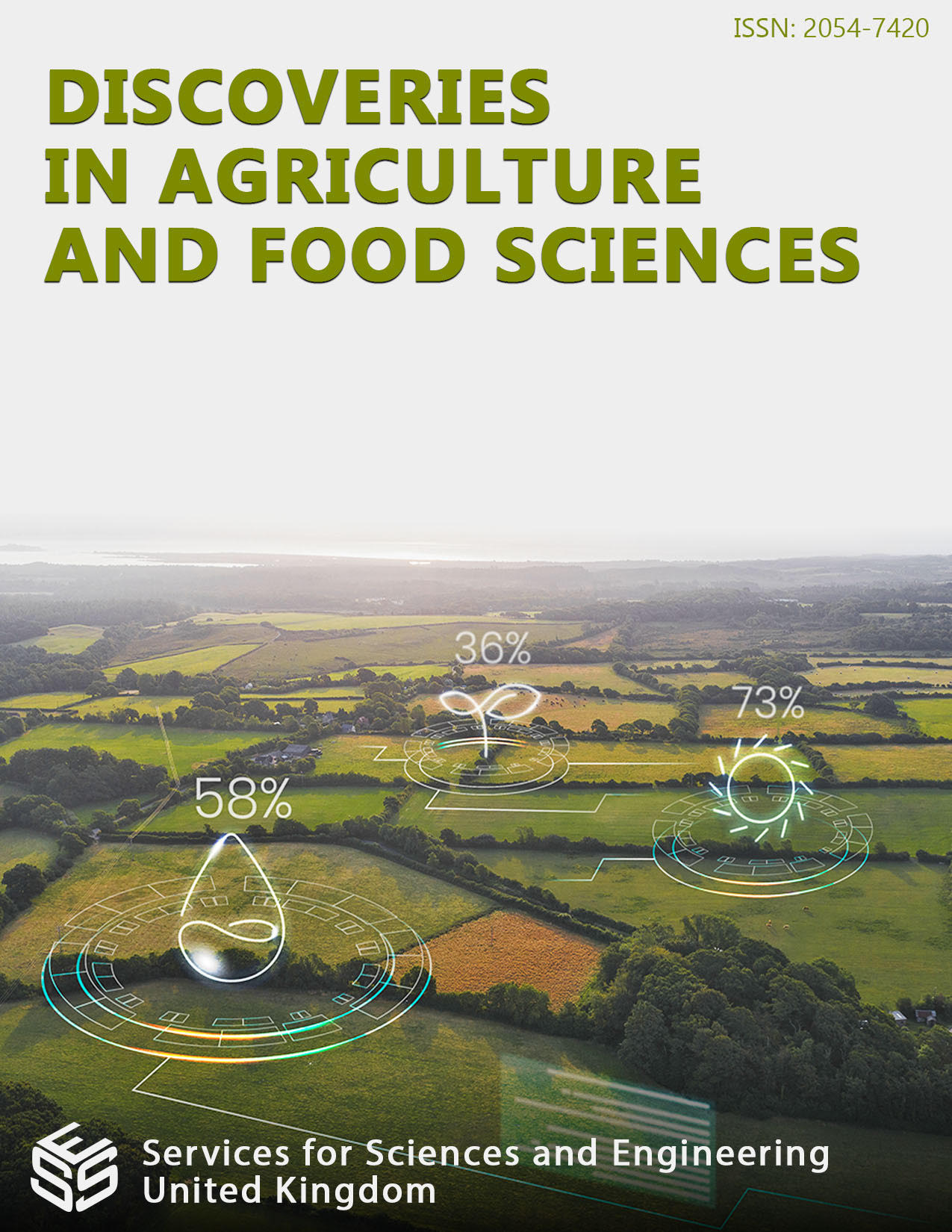Evaluating the Effect of Different Planting Dates on Pests and Diseases Infecting Cowpea (Vigna unguiculata (L.) Walp in Buea, Cameroon
DOI:
https://doi.org/10.14738/tnc.116.15548Keywords:
Planting dates, pest, diseases, cowpea, abundance, severityAbstract
Cowpea (Vigna unguiculata, (L) Walp) is an important staple in Sub-Saharan Africa including Cameroon. Productivity is low due to pests and diseases. Timing of planting is a sustainable cultural practice that mitigates pest and diseases. This study was aimed at growing cowpea on different dates in order to determine the most appropriate in terms of incidence and severity of pests and diseases. Research was carried out from March to June and September to December, 2022. It was a Randomized Complete Block Design with four replications using a variety ‘Fekem’ planted in first and second seasons. 200 seeds were sown per experimental unit and data collected for pests included identification, abundance, incidence and prevalence while for diseases were symptoms, incidence, severity, fungal identification and prevalence. Data was subjected to descriptive analysis, analysis of variance and Duncan test. Pests identified were, aphids, thrips, snails and birds. There was significance difference (P>0.05) in aphid abundance in second season plantings (13.7) compared to the first (6.61). This was similar to that of thrips (21.3 against (10.2) and birds (6.8 against 4.1). For snails, it was the reverse (7.1 against 4.8). Incidence of aphids was significant (P>0.05) in the second season compared to the first. Thrips were most prevalent (36.9 %) while birds were least (12.9 %) in first season. Disease symptoms included leaf spot and mosaic. There was significant difference (P>0.05) in number of leaf spots on cowpea during the first season (6.5) than the second (3.5) and likewise for severity. Mosaic incidence and severity were significantly higher in second season than the first. Fusarium oxyporum, Colletotrichum gleosporiodes and Fusarium verticilloides were identified with F. oxysporum most abundant. Cowpea should be planted in the second season to reduce pest and disease occurrence thus enhancing grain quality and yield.
Downloads
Published
How to Cite
Issue
Section
License
Copyright (c) 2023 Christabel Kalzembo Tolefack, Oben Tom Tabi, Ntonifor Nelson Neba

This work is licensed under a Creative Commons Attribution 4.0 International License.






